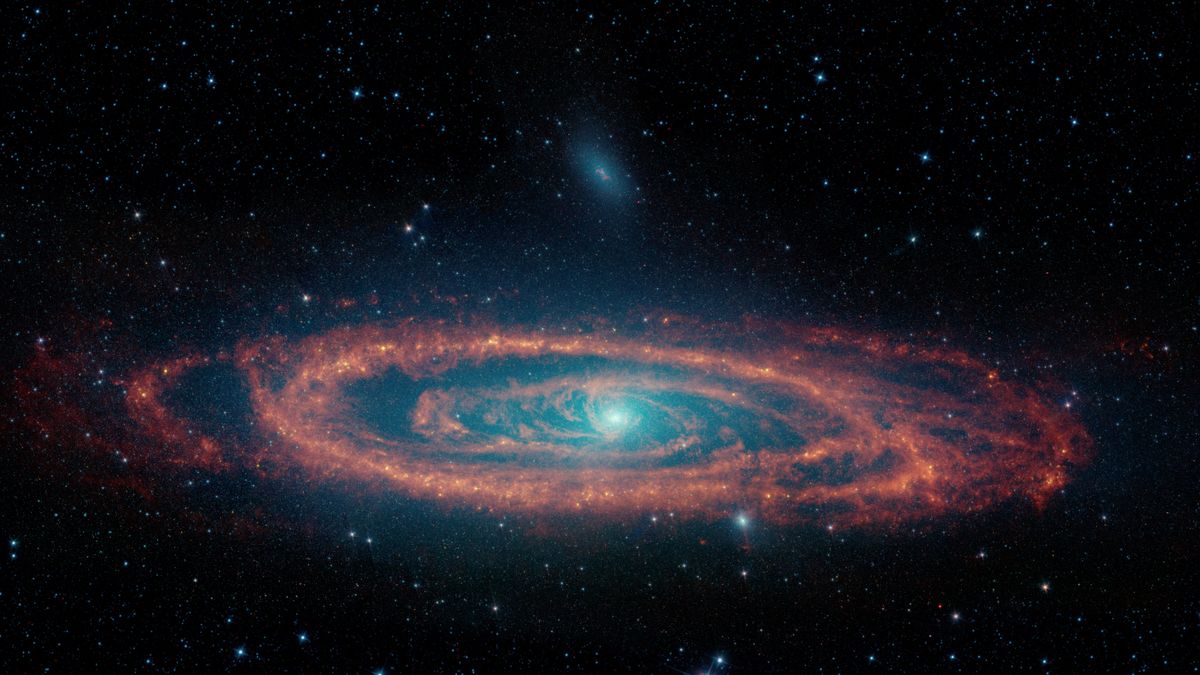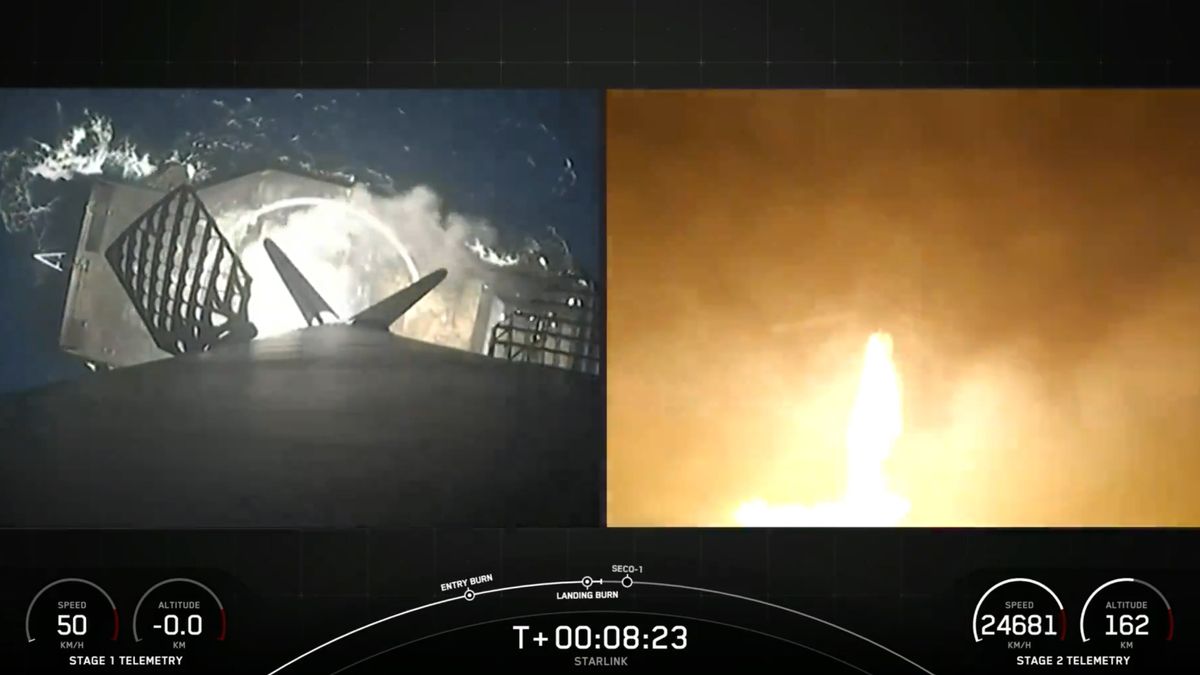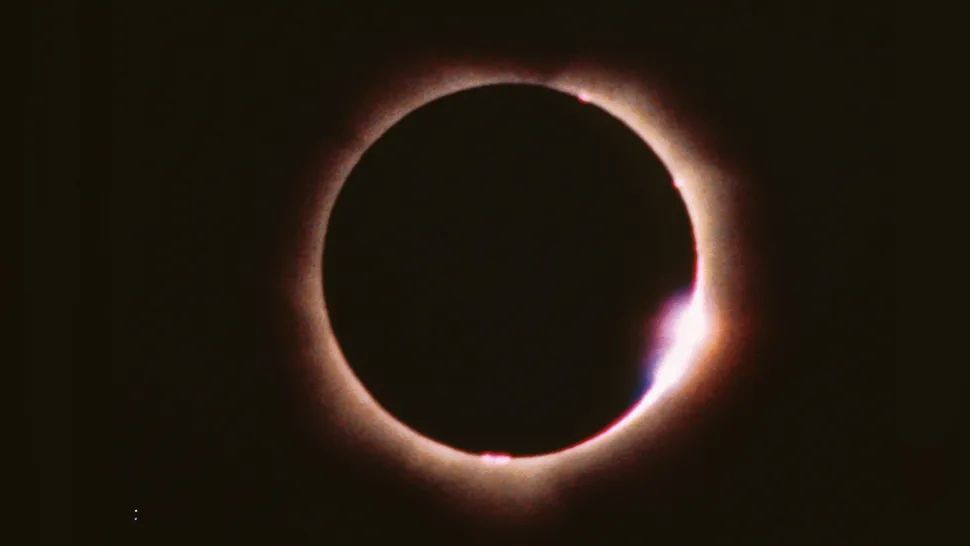Satiation of a Supermassive Black Hole
Researchers have recently discovered evidence of incredibly long streams of cosmic dust spiraling towards the supermassive black hole located at the center of the Andromeda galaxy, which serves as our nearby neighbor in space. These findings indicate that these extensive streams of dust are continuously feeding the cosmic abyss, a process that has likely been ongoing for centuries.
Supermassive black holes, billions of times heavier than our sun, have been known to exhibit feeding frenzies in the past. Whereas some of these enormous entities consume vast quantities of glowing matter, causing their silhouettes to shine brighter than entire galaxies filled with stars, others remain notably subdued in their consumption habits. Black holes like the ones residing in Andromeda and the Milky Way quietly receive streams of gas that spiral into them slowly and steadily, causing minimal fluctuations in the brightness of the glowing material surrounding them.
Revelation of Black Hole Feeding Patterns
A study published in the Astronomical Journal last year shed light on the behavior of these silent supermassive black holes. Researchers likened the feeding process to water flowing down a drain, showcasing the gradual and efficient manner in which these cosmic entities sustain themselves.
Approximately 2.5 million light-years away from Earth, the Andromeda galaxy stands as one of the closest major galaxies to our Milky Way. Unlike the spiral arms that adorn our own galaxy’s center, Andromeda’s core features multiple dust rings, hinting at a unique feeding pattern for its supermassive black hole.
Scientific Methodology
To better understand the feeding dynamics of the black hole in Andromeda, astronomers simulated the behavior of the material surrounding it over time. This simulation revealed the formation of a small disk of hot gas in close proximity to the black hole, which serves as a source of sustenance, continuously replenished by various streams of gas and dust within the vicinity. The researchers identified specific requirements regarding the size and speed of these streams to ensure a steady feeding process, preventing the black hole from emitting fluctuations in brightness.
Comparing their findings to data collected by NASA’s Spitzer Space Telescope, the researchers confirmed the presence of dust spirals that met the necessary criteria for sustaining the black hole’s feeding patterns. These revelations highlight the collaborative nature of modern scientific research, combining archival data analysis with cutting-edge computer simulations to unlock deeper insights into cosmic phenomena.
Implications for Astrophysics
These findings challenge previous assumptions regarding the behavior of supermassive black holes, prompting astronomers to reevaluate existing models and theories. While some discrepancies may arise in the scientific community, these contradictions ultimately contribute to a broader understanding of black hole dynamics and the complex interactions occurring within galaxies.
As advancements in space exploration technology continue, such as the launch of the James Webb Space Telescope in 2021 to replace the retired Spitzer Telescope, the realm of astrophysics remains ripe with exciting possibilities. Even proposals to revive older instruments, like the suggested robotic mission to service the Spitzer Telescope, highlight the enduring quest for scientific discovery and a deeper comprehension of the cosmos.
Image/Photo credit: source url





